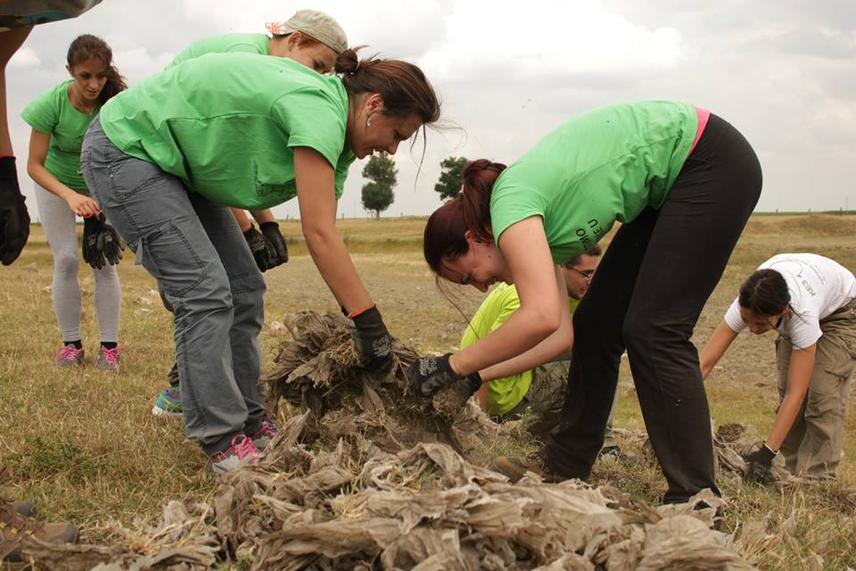Maja Arok
Other projects
5 Jul 2016
European Ground Squirrel Feeding Habits Analysis in Service of Long Term Conservation
Production of habitats map and investigation of current status of populations within the area of Central Banat, Vojvodina (Serbia), restoration of few most threatened habitats and education of local people whose activities have the strongest influence on EGS population viability.

Restoration.
As one of the most threatened steppe species in Europe, Spermophilus citellus (Linneus, 1766) – European ground squirrel (EGS), is in great need of active protection. Although it is protected by the law (it is listed on Appendix II of the Bern Convention and Annexes II and IV of the EU Habitats and Species Directive), it’s small habitat fragments are often outside of protected areas and some of them are especially vulnerable due to various factors, e.g. degradation, overgrowing and waste pollution. The main objective of this project is production of habitats map and investigation of current status of populations within the area of Central Banat, restoration of few most threatened habitats and education of local people. The most important outcomes of the project activities are:
1. Gathering data on species distribution and mapping occupied and potentially occupied habitat patches.
2. Census on local population within the area of Central Banat, Vojvodina (Serbia).
3. Restoration of few most threatened habitats (with the help of volunteers from the local community and biology students from Novi Sad) because many of these habitat patches are being illegally used as construction waste disposal areas or, due to abandonment of traditional cattle breeding, are being overgrown with tall grass and shrubs.
4. Labelling of the restored habitats with informational boards.
5. Education of general public, especially local communities members (those in vicinity of areas chosen for restoration) on why EGS is endangered and why it is important to graze their cattle on pastures populated by EGS.
All of the project activities will be carefully planned by the 4 team members (Maja Arok, Marko Mirč, Tijana Nikolić and Dimitrije Radišić), in cooperation with the experts from University of Belgrade and the Institute for Nature Conservation of Vojvodina Province. Last but not least, conservation of EGS is important step toward conserving it’s predators, primarily Aquila heliaca (the most endangered bird species in Serbia) and Falco cherrug (IUCN: EN). Distribution of both predatory species in Serbia is well known, so it will be able to define EGS populations of the gretest potential importance for particular breeding pairs.